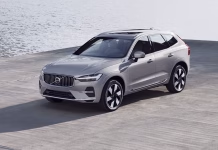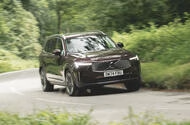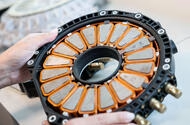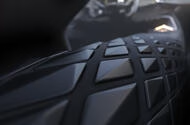Volvo Brings XC60 SUV Production to the USA
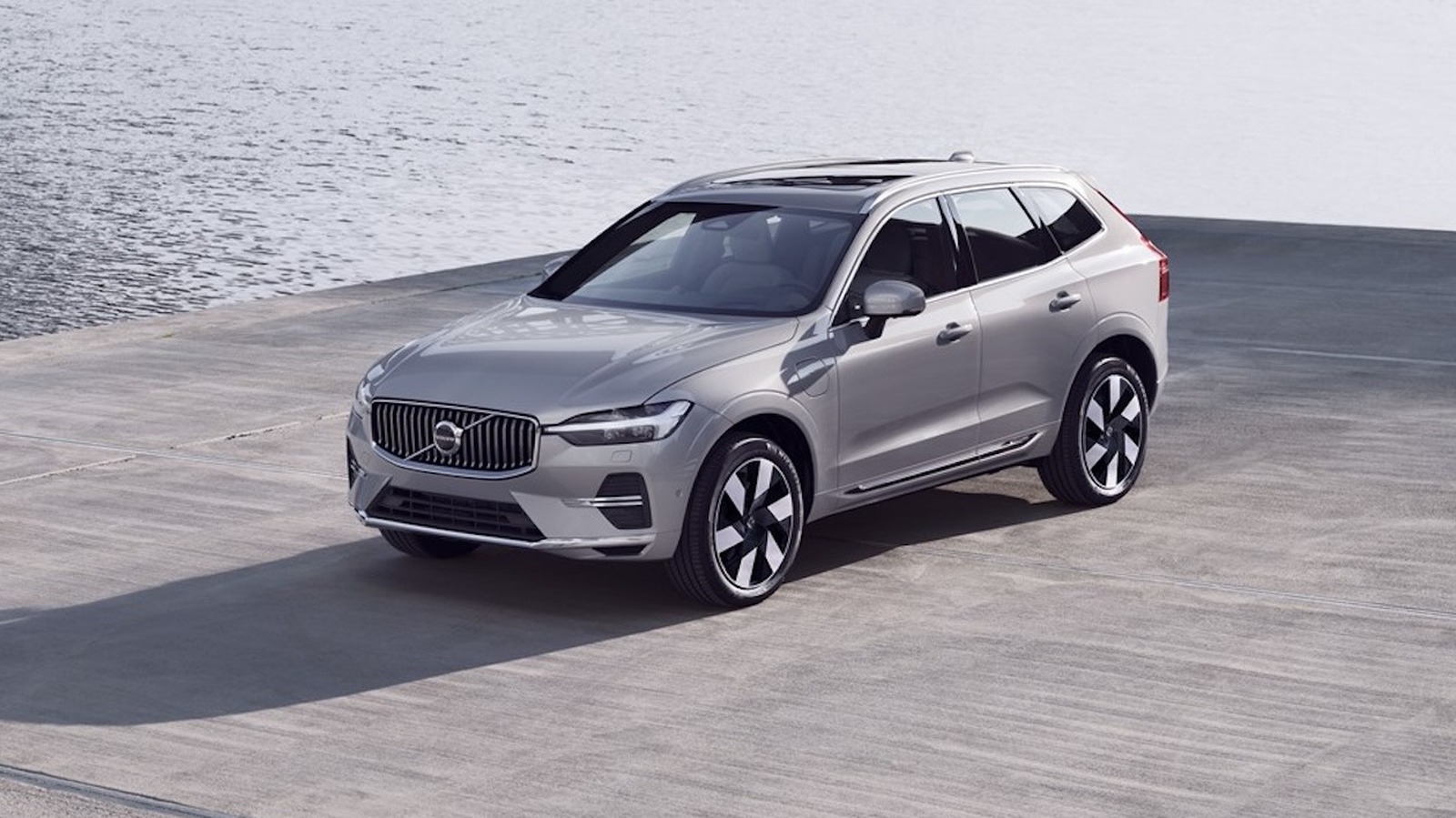
Rare Italian-Touched 1967 Mustang Fastback Heads to Auction

Why Car Weight Distribution Matters More Than You Think

Volvo Plots Next-Gen XC90 Plug-In Hybrid Amid Shifting Electric Vehicle Strategy

Recently updated XC90 has been on sale since 2015"We will need a new XC90," says Volvo CEO, and a Mk3 could be based on long-range XC70 PHEV
Volvo will develop a third-generation XC90 SUV, the company's CEO has said, as the phase-out of combustion-engined models takes longer than the brand originally predicted.
Volvo has recently facelifted the 10-year-old XC90 after giving it a reprieve from the axe amid delays to the EX90 large electric SUV, which was originally intended as its replacement.
However, CEO Håkan Samuelsson said a third-generation model is on the cards. “We will need a new XC90,” he told investors on the company’s second-quarter earnings call, pointing out that the current model was first launched in 2015, but he stopped short of giving a potential launch date for its replacement.
A new XC90 is likely to be a long-range plug-in hybrid after Samuelsson indicated that the technology will make it over to Europe from China, where Volvo will start production of the new XC70 plug-in hybrid (below) with a claimed 112-mile electric range in the next three months.
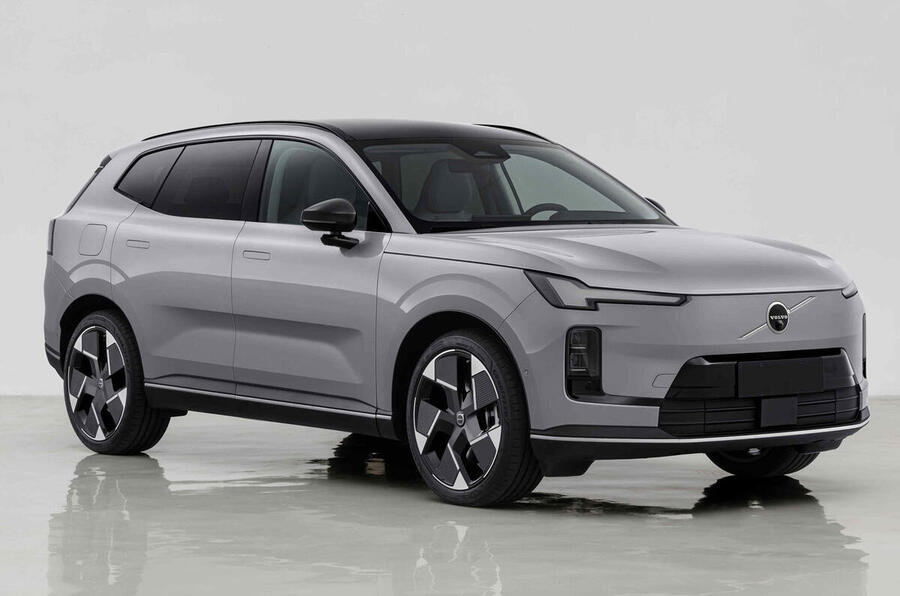
“This is something I think European consumers will want to have,” he said. “Plug-in hybrids with a longer range are a solution that probably we will need for some more years than we thought.”
Volvo had committed in 2021 to going all-electric by 2030 but has since backtracked due to the varying pace of EV take-up globally.
The XC70 is built on a new Geely platform called SMA (Scalable Modular Architecture) and it could also underpin a new XC90.
The facelifted XC90 plug-in hybrid continues with a comparatively small battery of just under 15kWh compared with either 21kWh or 40kWh for the XC70.
The XC90's shorter-range battery will penalise the facelifted SUV under new emissions-testing rules coming in at the end of the year that recalculate the CO2 figure for plug-in hybrids, making those with smaller batteries more expensive to tax as a company car.
Volvo has been hit hard by a combination of unforeseen global factors that have exposed its lack of flexibility compared with bigger premium companies.
The Swedish firm booked a charge equivalent to almost £900 million in the second quarter this year after it halted plans to sell its new China-built ES90 electric saloon in US due to tariff hikes, along with delays to the EX90 SUV.
Software problems slowed the ramp-up of the EX90 at the company’s US plant in Charleston, South Carolina, by two years, CFO Fredrik Hansson said on the call. “That means lost volumes and it means increased engineering cost,” he said.
Volvo confirmed it will add the XC60 to the Charleston factory from the start of 2027 as it looks to fill capacity there and avoid the additional 25% tariffs US president Donald Trump has imposed on imported cars.
The company now believes it has manoeuvred itself into a position where it can ride out some of the worst of the global tariffs hikes and differences in the speed of electrification take-up.
Production of the Volvo EX30 small electric SUV for Europe will move to Ghent, Belgium, in the second half of this year from China. Meanwhile, the EX60 mid-size electric SUV will start production in Sweden in 2026, finally giving Volvo a competitor in a growing segment.
Why Koenigsegg Refuses to Build Electric Hypercars and Embraces the Art of Combustion

America’s New Emissions Frontier and Volvo’s Changing Lineup

Yasa Unveils Record-Breaking Lightweight Electric Motor Redefining Power Density
 Firm says this is the highest-density motor ever built in any sector
Firm says this is the highest-density motor ever built in any sector
Mercedes-Benz-owned Yasa Motors has created what it claims to be the highest-density motor ever built – a 13.1kg unit that produces 738bhp.
That equates to 56bhp per kg, which is more than double the industry benchmark of 20bhp per kg. UK-based Yasa calls it an unofficial world record for motor power density – across any application or sector, not just automotive.
The electric motor with the highest power-to-weight ratio currently in production is the Equipmake HPM-400, which puts out 54bhp per kg. Weighing 40kg, the Australian-produced unit is used in aerospace and marine vehicles.
Yasa’s figures were reached during prototype testing last week. What makes the feat most remarkable, says Yasa, is that the unit uses no exotic materials such as cobalt-iron laminations and litz wire. Moreover, it was not created using 3D printing.
Tim Woolmer, Yasa CTO and founder, told Autocar: “This result is a glimpse of what’s possible when deep tech, R&D and practical engineering comes together. We’ve shown that you don’t need exotic materials or experimental manufacturing processes to achieve record-breaking performance.
"What we’ve achieved here is not just a number – it’s a demonstration of scalable, production-ready innovation that raises the bar for electric motor design. And the most exciting part? We’re just getting started.”
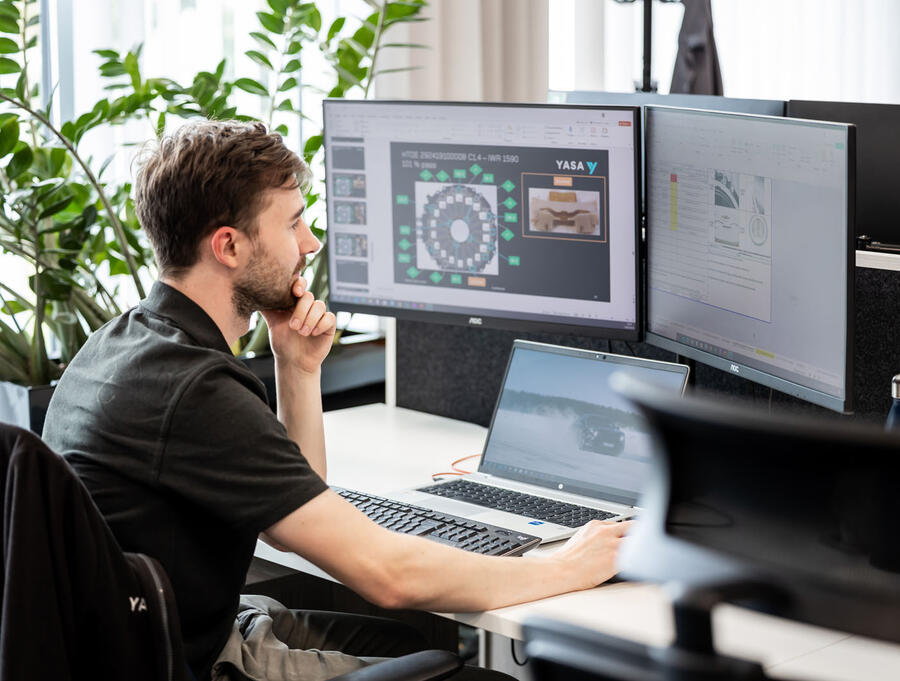
Once the unit is signed off, production can reach up to 50,000 units a year at its Oxfordshire plant, according to Yasa.
In a statement, the firm said: “While unofficial, this record represents a major milestone - not just for Yasa, but for what’s possible at the cutting edge of practical, high-performance electric motor design.”
There are no official details about when a production version of the motor could be launched, nor what cars it will power. Yasa currently supplies motors to Lamborghini, Mercedes-AMG and Ferrari, among others.
Project Wilder Unleashes a 700 HP Classic Land Rover With Modern Luxury and Muscle

Brightline Train Deaths Exposed by New Investigation
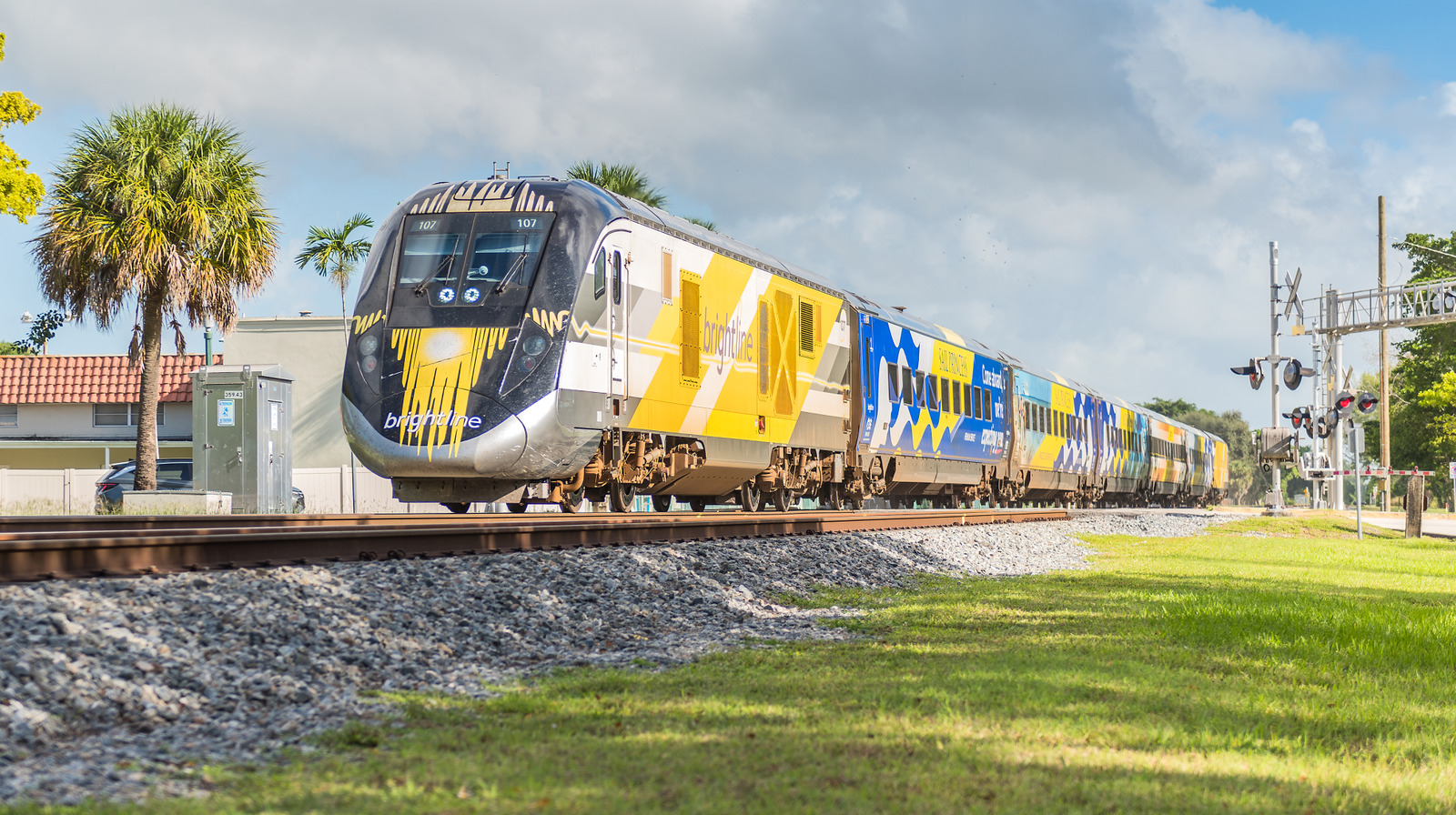
Cupra Unveils Bold Concept Car Redefining Future Interior Design at Munich Motor Show
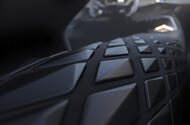 Spanish brand will reveal show car at Munich motor show in September
Spanish brand will reveal show car at Munich motor show in September
Cupra will showcase its future design language with a new concept car at the 2025 Munich motor show.
To be unveiled on 8 September, the show car is expected to focus heavily on the future of Cupra’s interior design.
The preview picture released by the brand shows a radical new cabin similar to that of the DarkRebel concept shown in 2023. It includes a yoke-like wheel, chunky central spine similar to the electric Tavascan, and what appear to be racing seats.
The brand said the concept will blend “human and machine, where the driving experience and emotions reach their fullest expression”, emphasising a focus on interior design.
Cupra has revealed little else about the concept, but it is also expected to show the next step in the Spanish firm's exterior design language.
The concept follows a major range-wide redesign last year in which the entire line-up was refreshed to bring parity between the new electric cars and older combustion models. The revamp mainly focused on the front end and included a prominent beak, a broader grille and triangular LED lights
The show car will be revealed alongside a camouflaged production version of the new Raval – Cupra’s Volkswagen ID 2 twin. The Raval will arrive in 2026 as the brand’s new entry-level model and a rival to the Renault 5. It is expected to be priced at around £25,000.

